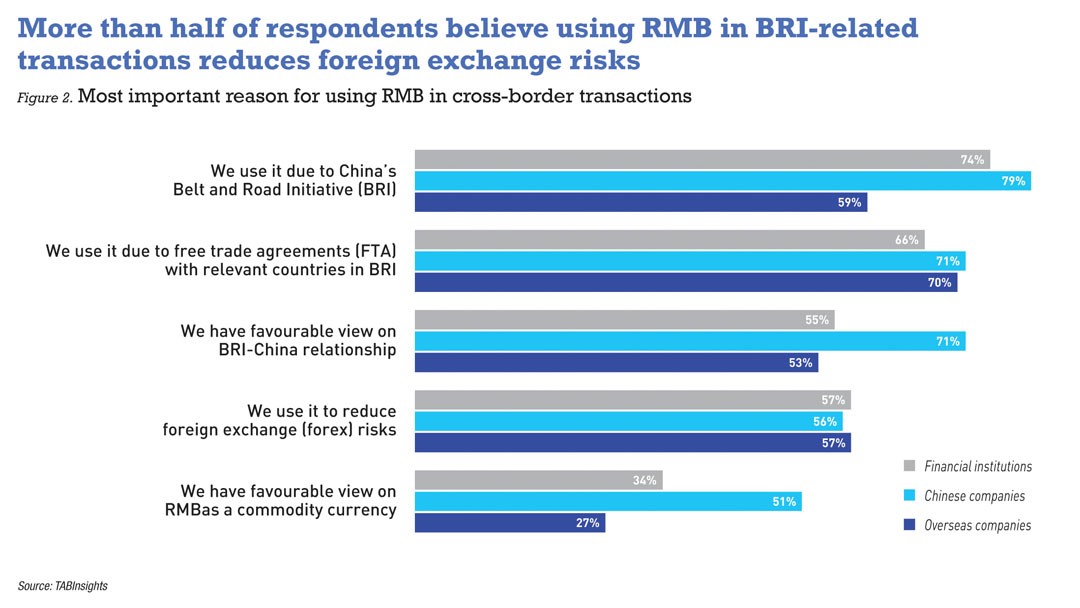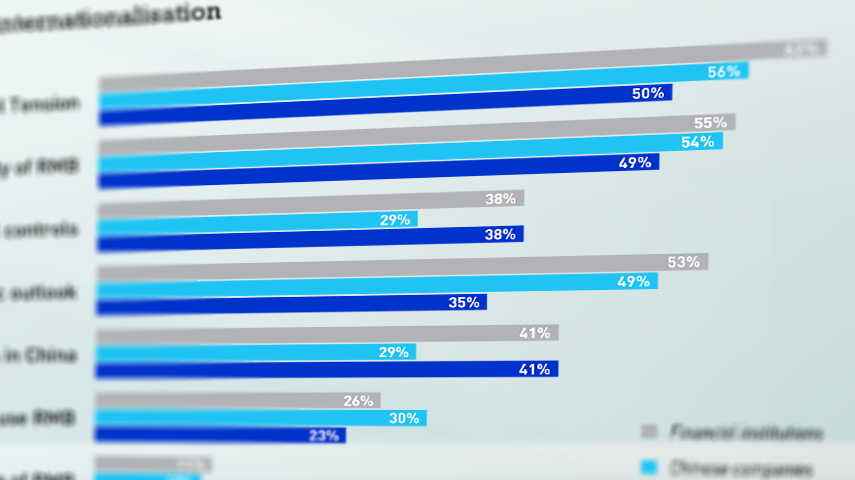- BRI expanded rapidly in 10 years with investments across 152 countries
- Higher demand for offshore RMB deposits and financing
- BRI institutions becoming more involved in China’s bond market
The Belt and Road Initiative (BRI) has driven infrastructure development and wider acceptance of the Renminbi (RMB), evolving into a significant driver of global economic and geopolitical change.
BRI rapidly expands with China investing in 152 countries
By its 10th anniversary in 2023, the BRI had experienced rapid growth, with China extending its financial investments and forging collaborative partnerships across 152 countries.
In 2023, China’s non-financial outbound direct investment in countries participating in the BRI came in at RMB 224.09 billion ($31.8 billion), up 28.4% year-on-year (YoY).
In terms of foreign-contracted projects by Chinese businesses, the value of new contracts added up to RMB 1.6 trillion ($227.16 billion) in 2023, up 10.7% YoY. The turnover reached RMB 930.52 billion ($132.05 billion), up 9.8%.
In 2023, China Construction Bank and The Asian Banker conducted a comprehensive survey on the international use of the RMB across cross-border trade settlement, cash management, investment, and financing. The study encompassed 2,542 executives from Chinese companies, overseas companies, and global financial institutions (FI).
The survey was concluded in April 2023 and specifically investigated the use of RMB by institutions located in the 152 BRI countries including China. BRI institutions were more proactive in using RMB for cross-border trade and cross-border securities investments, surpassing the overall survey results. Additionally, BRI institutions showed a higher level of interest in offshore RMB financing and deposit products, and demonstrated a more active interest in participating in China’s bond market.

Institutions demand more offshore RMB deposits and financing
Compared to other institutions, BRI respondents have significantly higher demand for offshore RMB deposits and financing: 62% of overseas companies, 59% of Chinese companies, and 56% of FI have used offshore RMB financing products, which is notably higher than the overall result by 27, 33 and 23 percentage points, respectively. Similarly, for RMB deposits outside China, 46% of overseas companies, 36% of Chinese companies, and 43% of FI held offshore RMB deposits in 2023. This is significantly higher than the overall survey results of 25%, 24% and 31%, respectively.
BRI institutions more active in China’s bond market
BRI institutions were increasingly engaged in China’s bond market. Specifically, 46% of BRI Chinese, 57% of overseas companies, and 52% of FI participated, which is higher than the overall survey results by 16, 6, and 9 percentage points, respectively.

When asked why they use RMB in cross-border transactions, 79% of Chinese companies, 74% of FI and 59% of overseas companies credited China’s promotion of the BRI.
China’s Free Trade Agreements with countries along the BRI route are another important reason for BRI institutions to use RMB. Some 70% of overseas companies regarded it as the foremost reason, aligning with the sentiment of 71% of Chinese companies, and 66% of FI. More than half of the respondents believed that the use of RMB in BRI-related transactions is a means to reduce foreign exchange risks, particularly for 57% of overseas companies, 56% of Chinese companies and 57% of FI.
The full report is available in both English and Chinese, spanning a total of 110 pages. Download it here: https://reports.tabinsights.com/reports/rmb-internationalisation-report

































